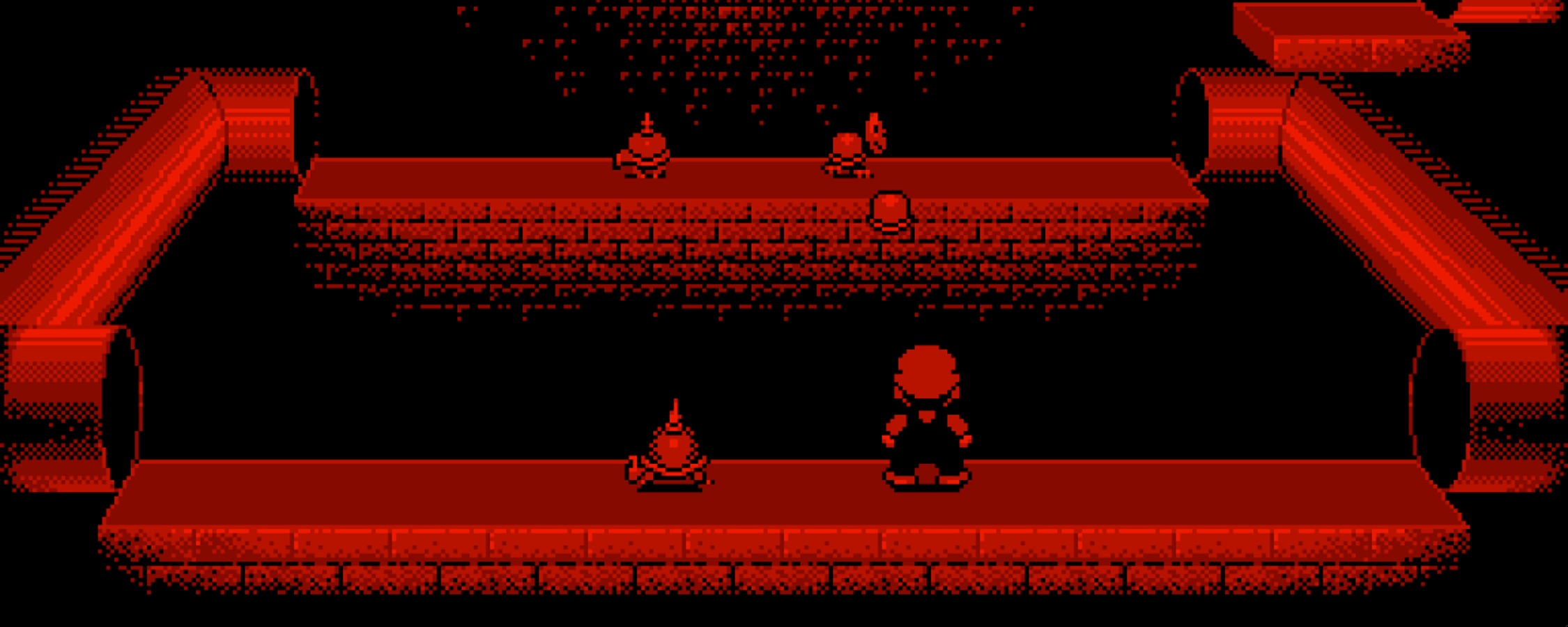Virtual reality has become something of a fascination once again as consumer devices like the Oculus Rift and PlayStation VR have hit the scene along with other competitors. But why is it that the idea of VR at home never took off before and now it seems like it'll finally come to fruition?
During the 80's and 90's, Nintendo experimented with many different ways to make the home console better, add to the user experience, and keep consoles fresh and fun. We can find plenty of examples in the add-ons for the Nintendo Entertainment System (NES) like the Power Pad, Power Glove, and Zapper – all enabling new ways to play games.
By mid-90's the Super Nintendo was becoming obsolete and newer consoles were still a year away from release. During the wait for the Nintendo 64, the company produced a new console hoping it would tide people over until the N64 was ready and bring a new experience to the home console experience. Meet the Virtual Boy.

Note: This feature was originally published on December 7, 2015. We've since revised and bumped it as part of our #ThrowbackThursday initiative.
At the 1995 Consumer Electronics Show, Nintendo unveiled a device known as the VR-32 and claimed it allowed players to be immersed into the game they were playing. It would later come to be known as the Virtual Boy, the first home VR device for gaming.
The Virtual Boy was officially released in two markets; Japan received the console on July 21, 1995 while North America received it almost a month later on August 14, 1995. Like most Nintendo consoles of the time, the Virtual Boy came with one game out of the box, Mario's Tennis, which would be the first taste of VR technology for home users.
For 1995, the Virtual Boy was very ambitious and took a lot of risks showcasing an idea that had not yet been explored by home console makers. So how did they accomplish such a feat?
Under the hood

Virtual Boy teardown. Image courtesy iFixIt
The Virtual Boy was Nintendo's first 32-bit game console. It was powered by a customized NEC V810, a 32-bit RISC Processor clocked at 20 Mhz. This chip allowed the console to produce higher quality graphics – at least for a "portable" console at the time – comparable to what you would expect to see coming from a standard home console. Other specs included 128kb of dual-port VRAM, 128kb of DRAM, and 64kb of WRAM.
However, the key element here was the pair of displays (one for each eye) that enabled the 3D effect and the feel of VR to the player. Each screen contained a monochromatic red LED display capable of a 384 x 224 pixel resolution, with four simultaneous shades per 4-pixel column – black and three reds with approximately 128 levels of intensity – and a 50hz frame rate. Of course, because of the screen used this meant all the games were colored in black and red, similar to how the Game Boy's were colored in black and green.
The dual screen design allowed the person viewing the Virtual Boy to see two different images at the same time, which created the illusion of 3D using 2D images, while a slider allowed gamers to adjust the screens to better match their eye distance and optimize the experience.
To accompany the VR concept, the controller was setup with 2 directional pads at opposite ends, each with 2 buttons on the front and 2 bumper buttons on the bottom. The controller also served as the point where the power source for the device was hooked up, which had the option of an AC adapter or AA battery pack.
With all this, the Virtual Boy was setup to be a small "portable" game system with power at least on par with the Super Nintendo, while delivering a more virtual experience. While technically a 32-bit game console, a mix of keeping costs and size down kept the console specs closer to the Super Nintendo.
Games and how they played on the Virtual Boy
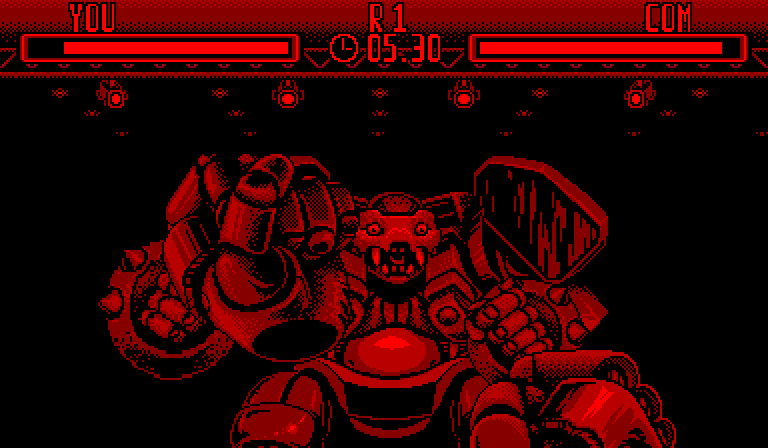
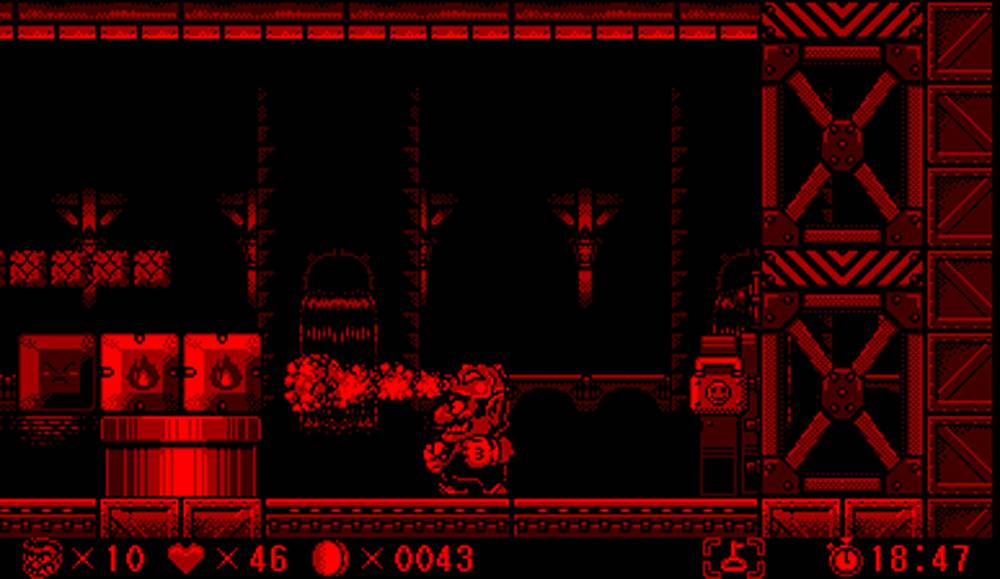
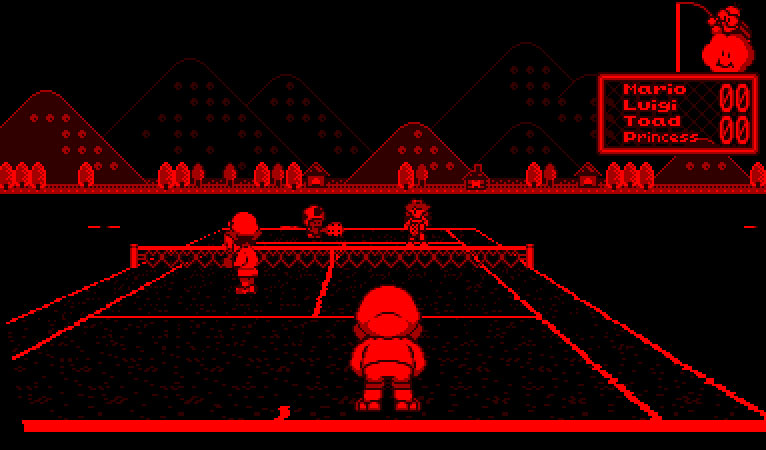
As far as games go, not many were produced. There was a total of 14 games released for the U.S. market and 19 for Japan – 22 different games total.
Out of all the games available, most are viewed as at least decent and fun games though very few actually took advantage of the virtual experience and instead focused on the 3D aspect. Only two truly attempted to make an experience that felt what the Virtual Boy was going for: Teleroboxer and Red Alarm.
Both are shot in a first person perspective; Red Alarm had first person view as an option, while Teleroboxer was first person only and made use of both directional pads. The latter is probably the best game on the system, if anything for showing what the console was capable of. Unfortunately the rest of games did not take advantage of what made the Virtual Boy unique.
Why we don't remember much about the Virtual Boy
First and foremost, reception of the console was abysmal. The system hanged on for less than a year in the United States before it was discontinued. In Japan it fared even worse, the console lasted a paltry five months in store shelves.
The Virtual Boy is Nintendo's second lowest selling console of all time. While there were many reasons that explained the console's poor reception, here are some of the big ones:
- The console was not very easily played on the go. Without a head strap, the Virtual Boy had to be placed on top of a table or on the floor, it wasn't a true portable console as advertised.
- The games, while decent, were awkward to play in a visor and didn't offer a different enough experience to what you would get on the SNES or Game Boy in a much easier fashion.
- The Virtual Boy caused eye strain and headaches after playing – for some it was minutes for others about an hour, but the result was always the same.
- No multiplayer. While the Virtual Boy contained a special port that was intended for this (labeled EXT Port on the console) no games supported the feature. Waterworld did have a multiplayer function but it involved passing the console around. Though it was said that Waterworld and Panic Bomber originally were programmed to have the functionality, Nintendo did not have any plans to release the console link anytime soon so it was removed.
- It was expensive. The "portable" console retailed for $179.99 in the U.S. Considering the Super Nintendo (and later the Nintendo 64) was launched at $199, the Virtual Boy felt expensive for what it offered. Perhaps most importantly, the Game Boy was $89.99 and offered a robust library of games making the Virtual Boy a hard sell.
Remembering the Virtual Boy
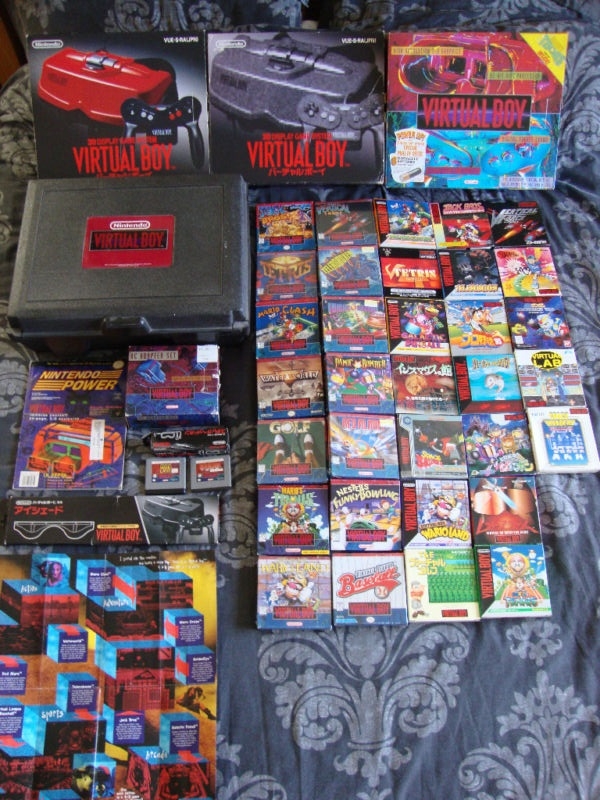
Image courtesy Gamesniped
In spite of a heavy marketing push, it didn't take long before Nintendo deemed the device a commercial failure and quickly discontinued it. Complaints included its high price tag, lack of color and the fact that it was uncomfortable to use. In total, 770,000 units were ever sold.
The Virtual Boy was simply too early and not quite ready to take on the mass market. The technology behind it was cool and ambitious and we'll always remember it as one of Nintendo's experiments that gave us a taste of things to come in the future.
Now twenty years later, Oculus is in good company as new companies lead the way on the return of VR.
Shopping Shortcuts:
- Oculus Rift on Amazon, Newegg, Oculus.com
- HTC Vive on Amazon, Newegg, HTC.com
- PlayStation VR on Amazon, Newegg, PlayStation.com
